Filing a car insurance claim can seem daunting, especially after the stress of an accident or vehicle damage. However, understanding the process and knowing the steps to take can significantly ease the experience. This article will guide you through the essentials of filing a car insurance claim, helping you navigate the process efficiently and effectively.
1. Understanding Car Insurance Claims
Before diving into the process, it’s crucial to understand what a car insurance claim entails. When you file a claim, you’re requesting your insurance company to cover the costs of damages as specified in your policy. These damages can result from various incidents, such as accidents, theft, natural disasters, or vandalism.
Different types of claims can be filed depending on the nature of the incident:
- Collision Claims: These are for damages resulting from an accident, whether you hit another vehicle or an object.
- Comprehensive Claims: These cover non-collision incidents, like theft, vandalism, or weather-related damage.
- Liability Claims: If you’re at fault in an accident and cause damage to another person’s property or cause injury, your liability coverage will handle these expenses.
Understanding your policy and what it covers is vital before you need to file a claim.
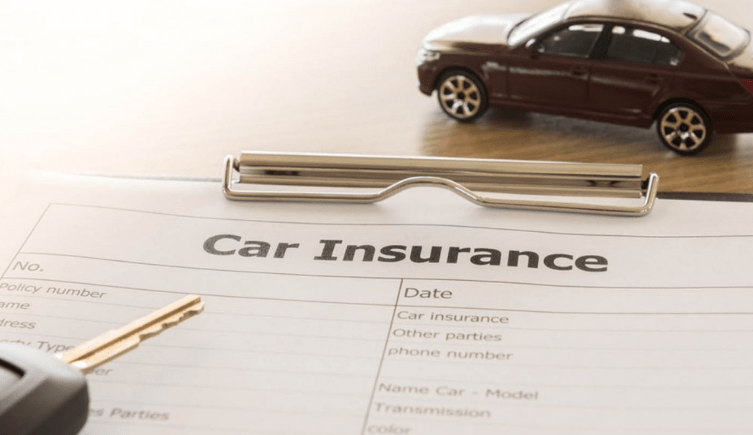
2. Immediate Steps After an Incident
When an accident or damage occurs, it’s essential to act quickly and calmly. Your actions immediately following the incident can significantly impact your claim process.
1. Ensure Safety: First and foremost, ensure the safety of everyone involved. If there are injuries, call emergency services immediately. Move vehicles out of traffic if possible and safe to do so.
2. Contact the Police: Depending on the severity of the accident or the laws in your area, you may need to call the police. A police report can be crucial for your insurance claim as it provides an official record of the incident.
3. Gather Information: Collect as much information as possible from the scene. This includes:
- Names, addresses, and contact information of all drivers involved
- Insurance details of the other parties
- License plate numbers
- Vehicle identification numbers (VINs)
- Contact information of any witnesses
- Photos of the damage, accident scene, and any relevant road conditions or signs
- The police report number, if applicable
Having detailed information can streamline the claim process and protect you from disputes.
3. Contacting Your Insurance Company
Once you’re safe and have gathered the necessary information, contact your insurance company as soon as possible. Most insurance companies have a 24-hour claims hotline or online claim submission system.
When you contact your insurer:
- Provide Accurate Information: Give a clear and honest account of the incident. Be prepared to answer questions about the time, location, and circumstances of the event.
- Claim Number: Your insurer will provide you with a claim number. Keep this handy as you’ll need it for all future communications regarding your claim.
- Clarify Coverage and Deductibles: Ask about your coverage and deductibles. This will help you understand what costs you’ll be responsible for and what your insurance will cover.
- Inquire About the Process: Every insurance company has a slightly different process. Ask for details about the next steps, such as whether you need to get repair estimates, if an adjuster will be assigned, and how long the process is expected to take.
4. Documenting the Damage
After reporting the claim, you’ll need to document the damage thoroughly. This involves taking detailed photos and notes of all damages to your vehicle and any other property involved.
1. Take Clear Photos: Capture multiple angles of the damage. Include wide shots that show the entire vehicle and close-ups of specific damages. Make sure the photos are clear and taken in good lighting.
2. Keep Receipts: If you’ve had to pay for any immediate repairs or towing, keep all receipts. These may be reimbursable under your policy.
3. Track Medical Expenses: If you or your passengers were injured, keep track of all medical treatments and related expenses. These should be included in your claim if your policy covers medical costs.
5. Working with the Insurance Adjuster
Once your claim is reported, your insurance company will typically assign an adjuster to evaluate the damages and determine the payout. The adjuster plays a crucial role in the claims process.
1. Be Cooperative: Cooperate fully with the adjuster. They may ask to inspect your vehicle or property in person, or they may request additional documentation.

2. Be Honest and Detailed: When discussing the incident with the adjuster, provide as much detail as possible. Answer their questions truthfully and don’t withhold any information, as this could jeopardize your claim.
3. Get Repair Estimates: Depending on your insurer’s policies, you may need to get repair estimates from certified shops. The adjuster may also provide an estimate or recommend repair shops.
4. Understand the Adjuster’s Role: The adjuster’s job is to assess the damage and determine a fair settlement based on your policy’s terms. If you disagree with their assessment, you can negotiate or provide additional evidence to support your case.
6. Understanding Payouts and Settlements
Once the adjuster completes their evaluation, your insurance company will make a settlement offer. Understanding how this works will help you manage expectations and make informed decisions.
1. Review the Settlement Offer: Carefully review the settlement offer provided by your insurer. This offer will detail the amount they are willing to pay for the damages.
2. Deductibles: Remember that your deductible will be subtracted from the settlement amount. For example, if the damage is assessed at $5,000 and your deductible is $1,000, you’ll receive $4,000.
3. Total Loss: If your vehicle is deemed a total loss (i.e., the cost of repairs exceeds the vehicle’s value), the settlement will reflect the actual cash value (ACV) of the vehicle, minus the deductible. Research your vehicle’s ACV to ensure the offer is fair.
4. Disputing a Settlement: If you believe the settlement offer is too low, you can dispute it. Provide additional evidence, such as repair estimates or market value assessments, to support your claim. You may also consider hiring an independent appraiser or legal assistance.
5. Payment Timeline: Once you accept the settlement, the insurance company should issue the payment promptly. Be sure to ask about the payment timeline, as it can vary by insurer and state regulations.
7. Repairing Your Vehicle
After agreeing to a settlement, you can proceed with repairing your vehicle. Depending on your insurance policy and the settlement terms, you might be required to use certain repair shops.
1. Approved Repair Shops: Some insurance companies have a network of approved repair shops. Using these shops may expedite the claims process and ensure that the repairs meet your insurer’s standards.
2. Repair Warranties: Check if the repair shop offers any warranties on their work. Additionally, some insurance companies guarantee repairs performed at their approved shops.
3. Keep All Documentation: Throughout the repair process, keep all documentation, including repair estimates, invoices, and communication with the repair shop. This information could be necessary if any issues arise post-repair.
8. Dealing with Potential Complications
While most claims are resolved smoothly, complications can arise. Here’s how to handle some common issues:
1. Disputes Over Fault: If there’s a disagreement about who was at fault in the accident, gather as much evidence as possible. Witness statements, photos, and the police report can help support your case. Your insurance company may negotiate with the other party’s insurer to resolve the dispute.
2. Delayed Claims Processing: If your claim is taking longer than expected, stay in regular contact with your insurance adjuster. Politely inquire about the status of your claim and ask if they need any additional information to expedite the process.
3. Denied Claims: If your claim is denied, ask for a detailed explanation. Sometimes claims are denied due to policy exclusions, late reporting, or lack of coverage. If you believe the denial is unjustified, you can appeal the decision or seek legal advice.
4. Handling Rental Car Coverage: If your policy includes rental car coverage, understand the terms, such as daily limits or time restrictions. Make sure you arrange for a rental car quickly if needed, as your coverage might not begin until your claim is approved.
9. Final Steps and Prevention for the Future
Once your claim is settled and repairs are completed, there are a few final steps to ensure everything is wrapped up properly.
1. Follow Up: Check with your insurance company to confirm that your claim is officially closed and that there are no outstanding issues.
2. Review Your Policy: Take this opportunity to review your insurance policy. Ensure that it meets your current needs, and consider adjusting your coverage if necessary. For instance, if you experienced a total loss, you might want to consider gap insurance or higher coverage limits in the future.
3. Keep Records: Maintain a file with all documentation related to the claim, including photos, repair bills, and correspondence with your insurer. This can be helpful if any issues arise later.
4. Drive Safely: Consider how the incident occurred and what steps you can take to prevent future accidents or damages. Safe driving practices, parking in secure areas, and regular vehicle maintenance can all help reduce the likelihood of future claims.
Conclusion
Filing a car insurance claim doesn’t have to be overwhelming if you understand the process and take the right steps. By acting quickly, documenting everything thoroughly, and working closely with your insurance company, you can ensure a smoother experience. Remember, your insurance is there to protect you in times of need, so don’t hesitate to use it when necessary.






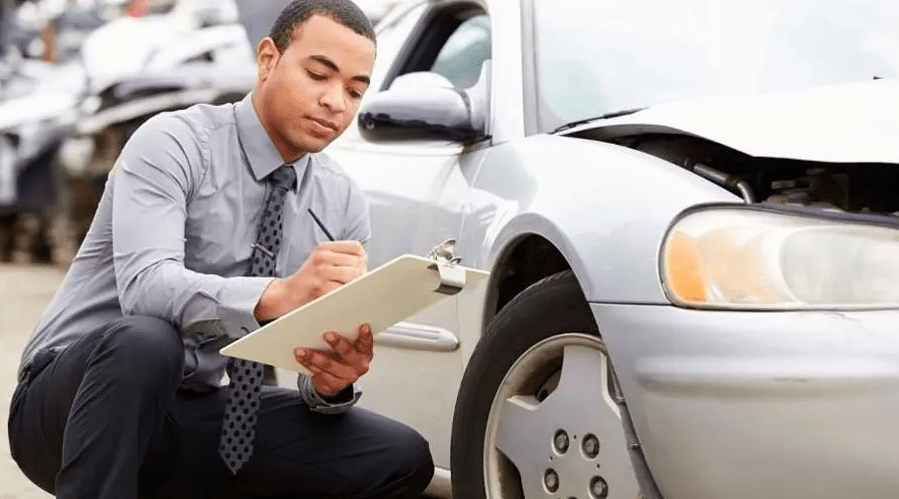
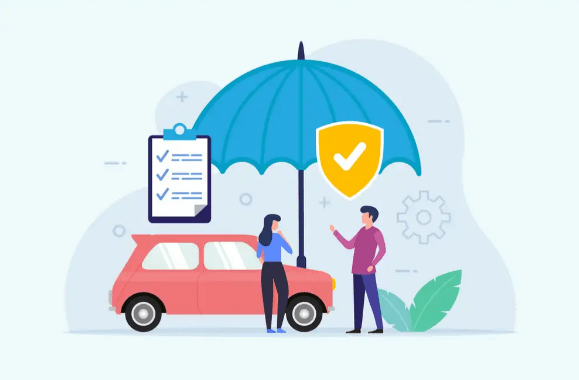
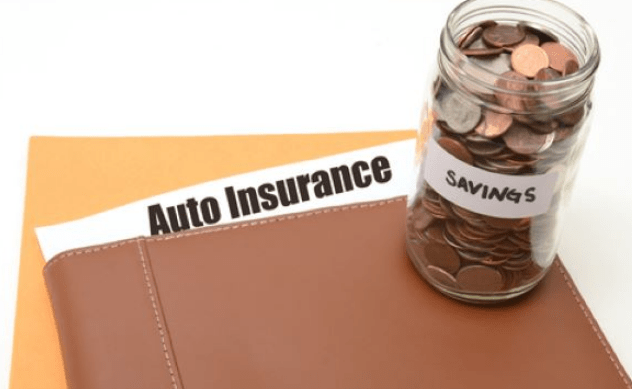

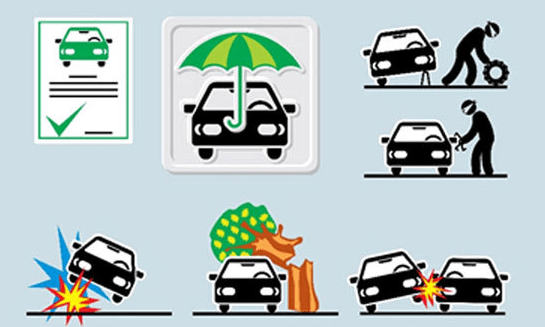
ur9he0